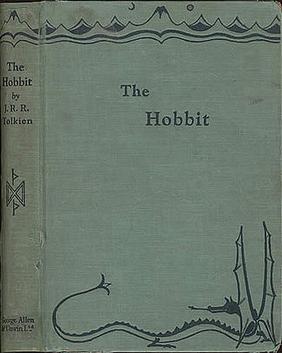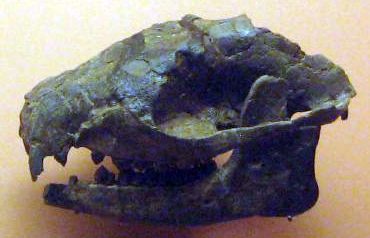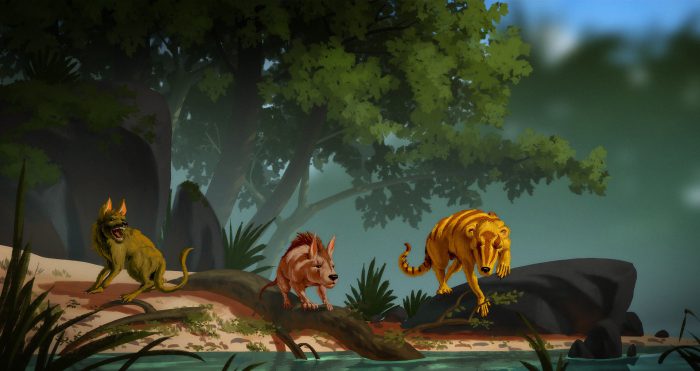The world of J.R.R. Tolkien is famous for its magical, mystical characters and creatures. It seems that everyone who reads The Hobbit and The Lord Of The Rings has a different favourite, from the well known central players to the hundreds of smaller roles. One of those less celebrated, but still amazing characters is the forest-dwelling shapeshifter Beorn.
Sometimes, he takes the shape of an enormous bear. Others, he is a giant man with thick dark hair and a heavy beard. In all cases, this Hobbit character is a powerful force. Sounds like a great name for an extinct prehistoric mammal, right?
Madelaine Atteberry agrees. She is a researcher at the University of Colorado Boulder, and she is also a lead author of a new study on the fossils of prehistoric mammals known as condylarths. In this study, she helps identify and name three brand new species of these animals. The first two are Conacodon hettingeri and Miniconus jeanninae. And the last and largest one?
Beornus honeyi.
Horse and rhino ancestors

A lot of terrific characters can be found within The Hobbit—it's the perfect material for naming extinct creatures! (Wikimedia Commons)
That is one extra cool name. But if you're familiar with Beorn, it is also a bit of a misleading one. Because Beornus honeyi, like all condylarths, was not especially big. Or even that strong.
Most of them were the size of rats, using their flat teeth to eat mostly plants. These three newly found species, were at least larger—more like a house cat. And of these, B. honeyi was the largest of them all. So at least compared to other condylarths, it was like a bit like big old Beorn.
That said, these animals did have a big future ahead of them. Condylarths are the ancestors of modern animals like horses and rhinos. Now we're getting a bit more into Beorn territory!
An important group of animals

The skull of Ectocion, a smaller species of condylarth. (Wikimedia Commons)
This connection to such impressive modern mammals show how important species like condylarths were to life on Earth. After the mass extinction that killed the dinosaurs, a few creatures survived. They were almost all quite small. Many of them were mammals. The earliest condylarths were some of these creatures.
These had to live through tens of thousands of years where food and shelter were difficult to find. And even then, it took time for biodiversity to return. Biodiversity—or the number of different kinds of species in a certain area—is a key sign of the health of an ecosystem. The higher the biodiversity, the healthier the area.
What discoveries like this are showing is that condylarths were a more diverse group of animals than scientists first thought. There were smaller ones, larger ones, ones with wider jaws and teeth than others. Despite the planet having gone through such a massive catastrophe not that long ago, these small mammals were thriving. And maybe that's the most Beorn-like thing about Beornus honeyi.
Just like the bear-sized man from the pages of The Hobbit, it was a survivor. And one with an important role to play in the larger story that we all love to read and tell. The story of life on Earth!
 Meet the new condylarths! From left to right, Conacodon hettingeri, Miniconus jeanninae, and Beornus honeyi. (Banana Art Studio)
Meet the new condylarths! From left to right, Conacodon hettingeri, Miniconus jeanninae, and Beornus honeyi. (Banana Art Studio)









